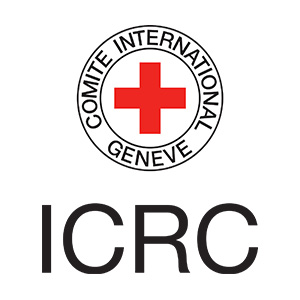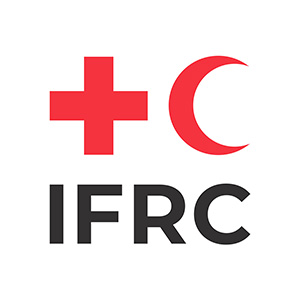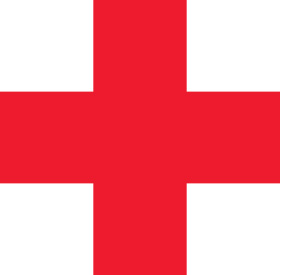- About Us
- Get Involved
- Activities
- Covid 19 Response
- First Aid Training
- Disaster Management Training
- Disaster Response
- Family News Service
- 14 Blood Centres
- Junior Red Cross& Youth Red Cross
- Medical Services
- Working with CSWs
- WASH Programs
- Livelihood Programs
- Special Schools
- Social Emergency Response Volunteers(SERV)
- Divyang Rehabilitation Centre
- BEL-AIR
- News & Events
- Contact Us
- GET LATEST STATUS OF BLOOD AVAILABILITY
History





